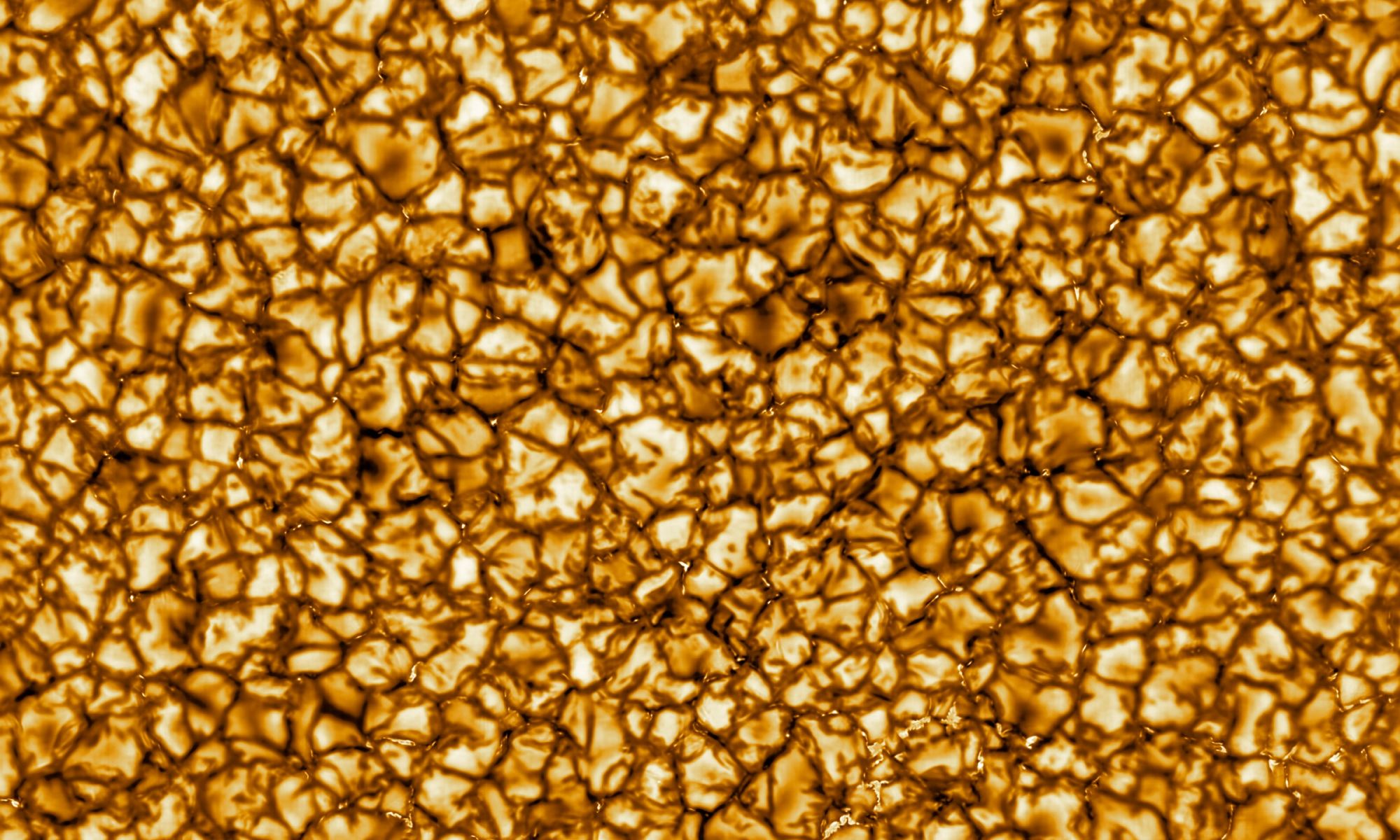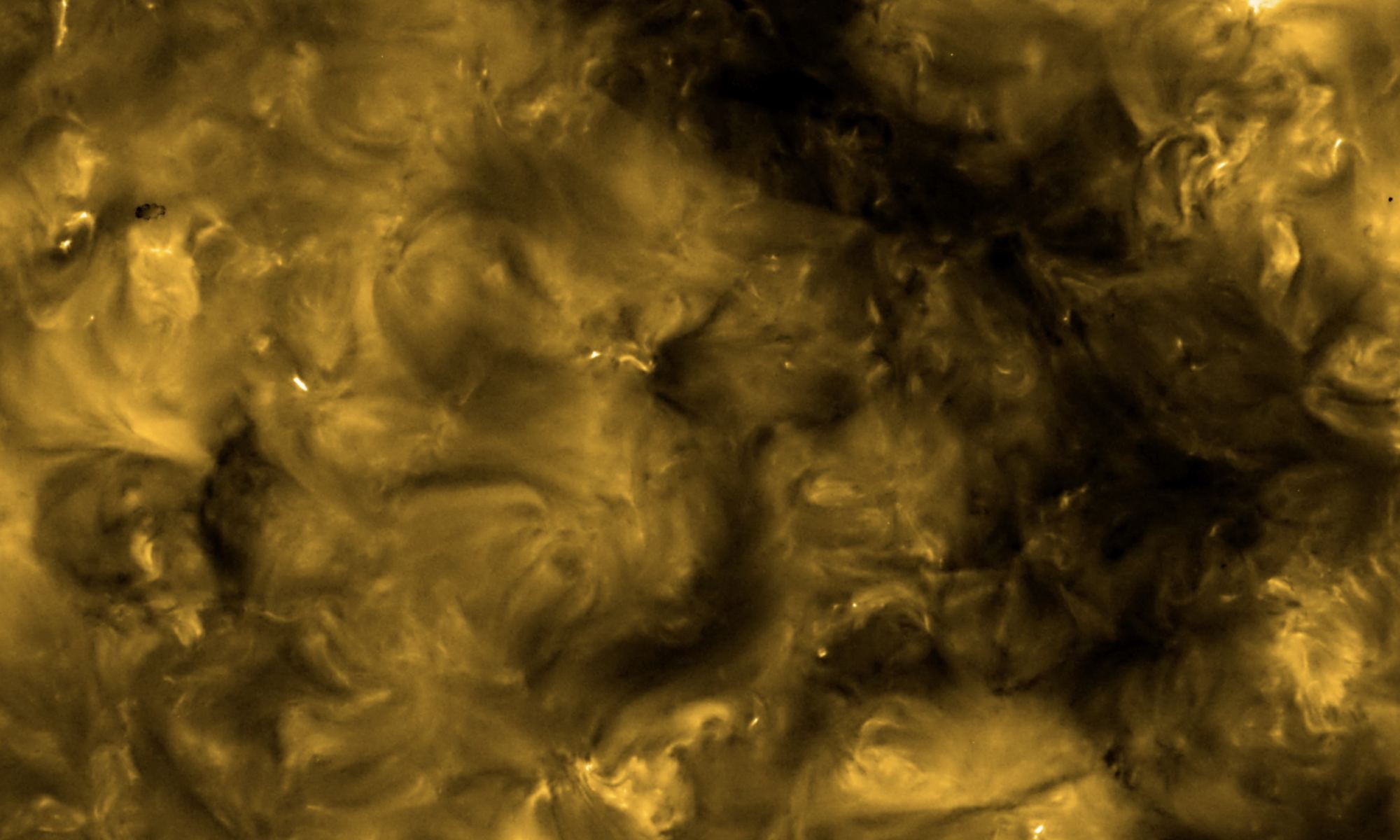The dwarf galaxy known as Dragonfly 44 caused a stir recently: apparently it had way, way more dark matter than any other galaxy. Since this couldn’t be explained by our models of galaxy formation, it seemed like an oddball. But a new analysis reveals that Dragonfly 44 has much less dark matter than previously thought. In short: it’s totally normal.
Continue reading “The galaxy with 99.99% dark matter isn’t so mysterious any more”Do Ripples on the Surface of the Sun tell us that a Flare is Coming?
Flares from the sun are some of the nastiest things in the solar system. When the sun flares, it belches out intense X-ray radiation (and sometimes even worse). Predicting solar flares is a tricky job, and a new research paper sheds light on a possible new technique: looking for telltale ripples in the surface of the sun minutes before the blast comes.
Continue reading “Do Ripples on the Surface of the Sun tell us that a Flare is Coming?”How to See What’s on the Other Side of a Wormhole Without Actually Traveling Through it
Wormholes are incredibly fascinating objects, but also completely hypothetical. We simply don’t know if they can truly exist in our universe. But new theoretical insights are showing how we may be able to detect a wormhole – from a spray of high-energy particles emitted at the moment of its formation.
Continue reading “How to See What’s on the Other Side of a Wormhole Without Actually Traveling Through it”Matter makes up exactly 31.5±1.3% of the Universe
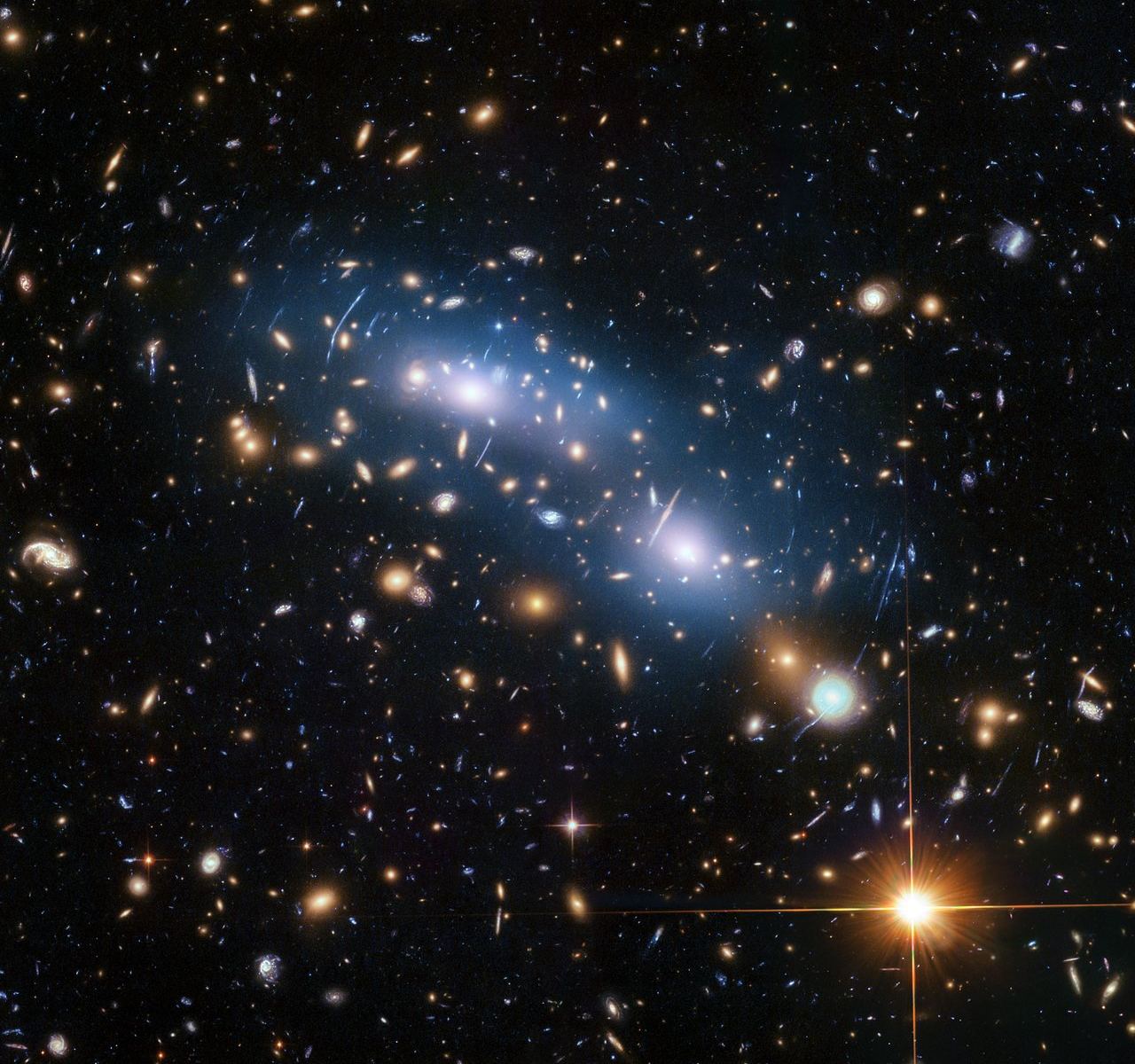
Weighing the universe is a tricky task, but a team of astronomers have used a clever technique to measure how many galaxy clusters are in the cosmos, and from there come up with a total amount of matter. The answer: 31.5±1.3% of all the energy in the universe.
Continue reading “Matter makes up exactly 31.5±1.3% of the Universe”The Solar System has a second plane where objects orbit the Sun
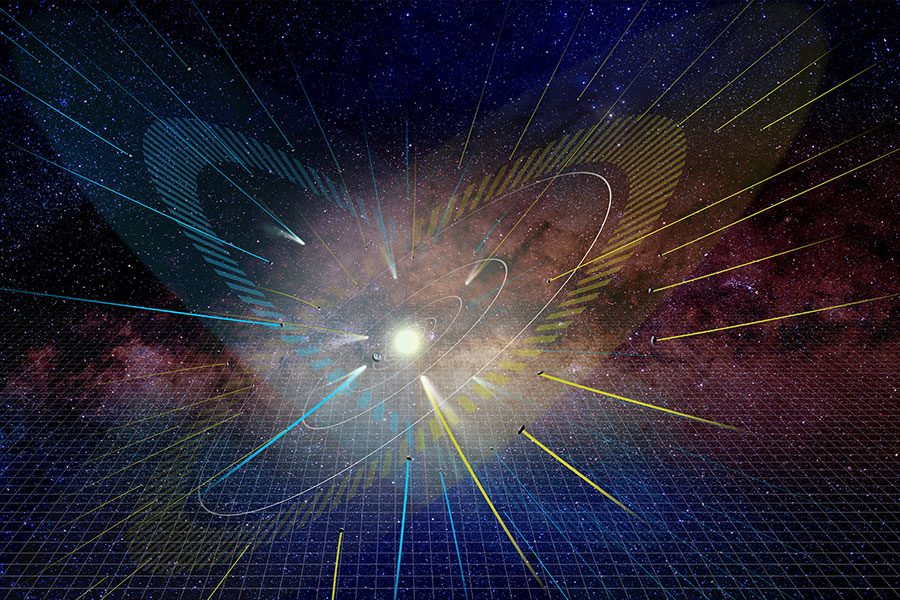
Almost all the objects orbiting the sun live in a particular plane, called the ecliptic plane. But a recent analysis of long-period comets reveals a second home, a so-called “empty ecliptic”. And it may be populated with comets dragged there by none other than the gravity of the Milky Way galaxy.
Continue reading “The Solar System has a second plane where objects orbit the Sun”What Decides the Shape of Planetary Nebulae? Whatever’s Orbiting a Star When it Dies
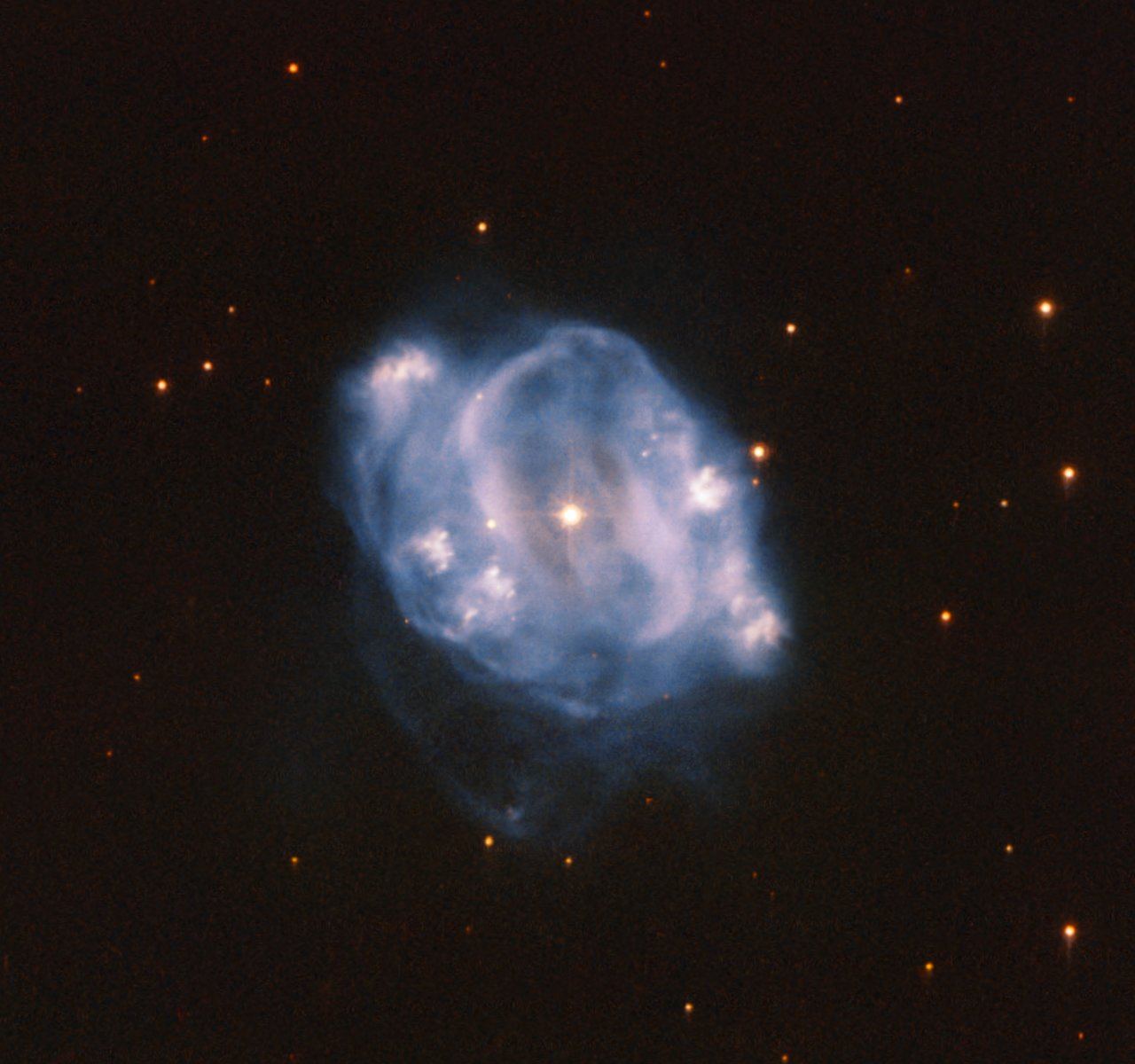
Planetary nebulae are some of the most beautiful objects in the galaxy, spanning a variety of shapes and sizes. They’re created in the death throes of stars like the sun, and new research sheds light into how they get their distinctive and unique shapes. The answer: anything unlucky enough to orbit that dying star.
Continue reading “What Decides the Shape of Planetary Nebulae? Whatever’s Orbiting a Star When it Dies”Astronomers think they’ve found an exoplanet in a galaxy 23 million light-years away
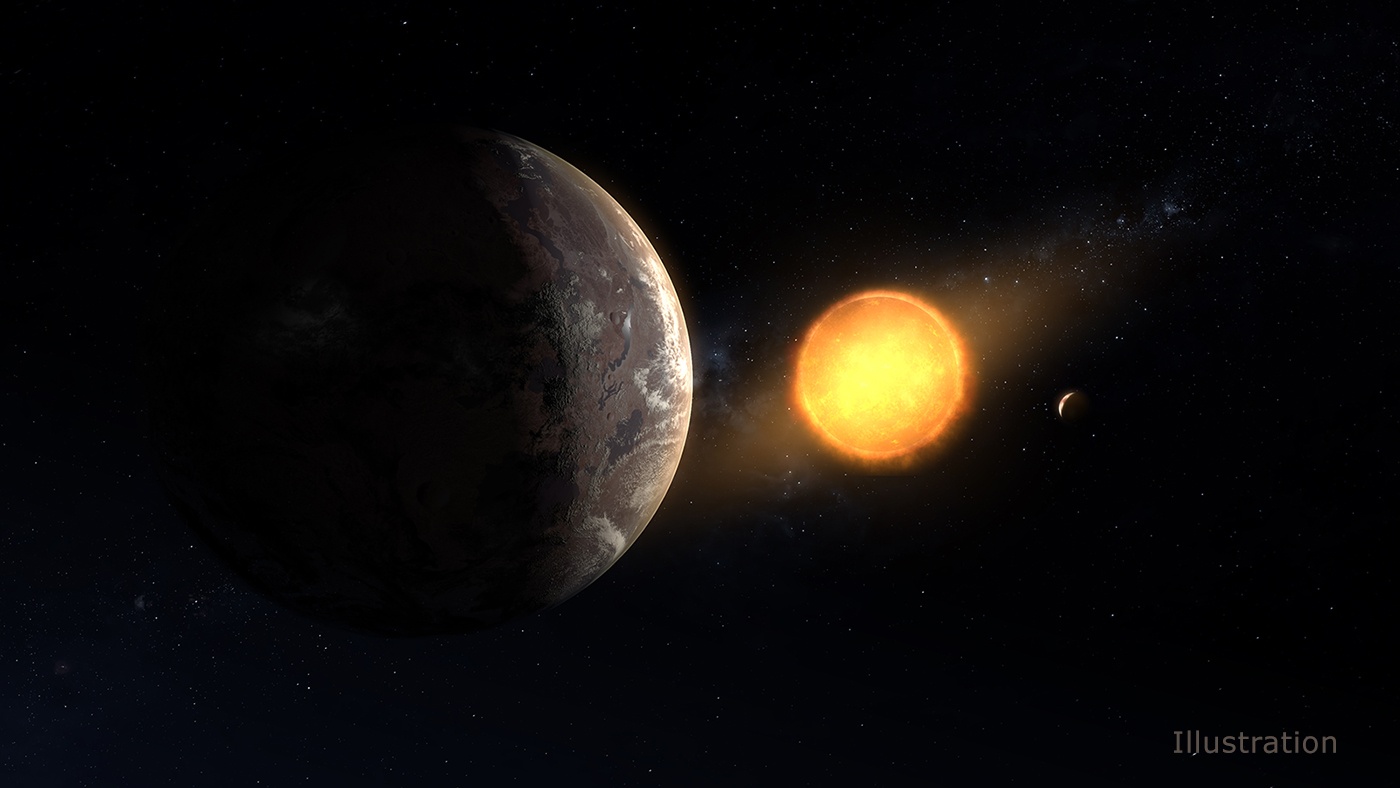
Using a variety of techniques astronomers have successfully identified thousands of exoplanets, which are planets orbiting stars outside of our own solar system. But a new research paper introduces a breakthrough: the first detection of an exoplanet not just in another solar system, but in an entirely different galaxy sitting millions of light years away.
Continue reading “Astronomers think they’ve found an exoplanet in a galaxy 23 million light-years away”Solar Cycle 25 has arrived. Here’s what to expect from the Sun in the coming months and years
The sun goes through a regular 11-year cycle, swinging between periods of dormancy and periods of activity. Scientists from NASA and NOAA have just announced that the sun has just passed its minimum, and will be ramping up in activity over the next few years, meaning that we have entered a new round of the never-ending solar cycle.
Continue reading “Solar Cycle 25 has arrived. Here’s what to expect from the Sun in the coming months and years”If dark matter is a particle, it should get inside red giant stars and change the way they behave

Dark matter makes up the vast majority of matter in the universe, but we can’t see it. At least, not directly. Whatever the dark matter is, it must interact with everything else in the universe through gravity, and astronomers have found that if too much dark matter collects inside of red giant stars, it can potentially cut their lifetimes in half.
Continue reading “If dark matter is a particle, it should get inside red giant stars and change the way they behave”Extreme galaxies depend on extreme conditions for their formation
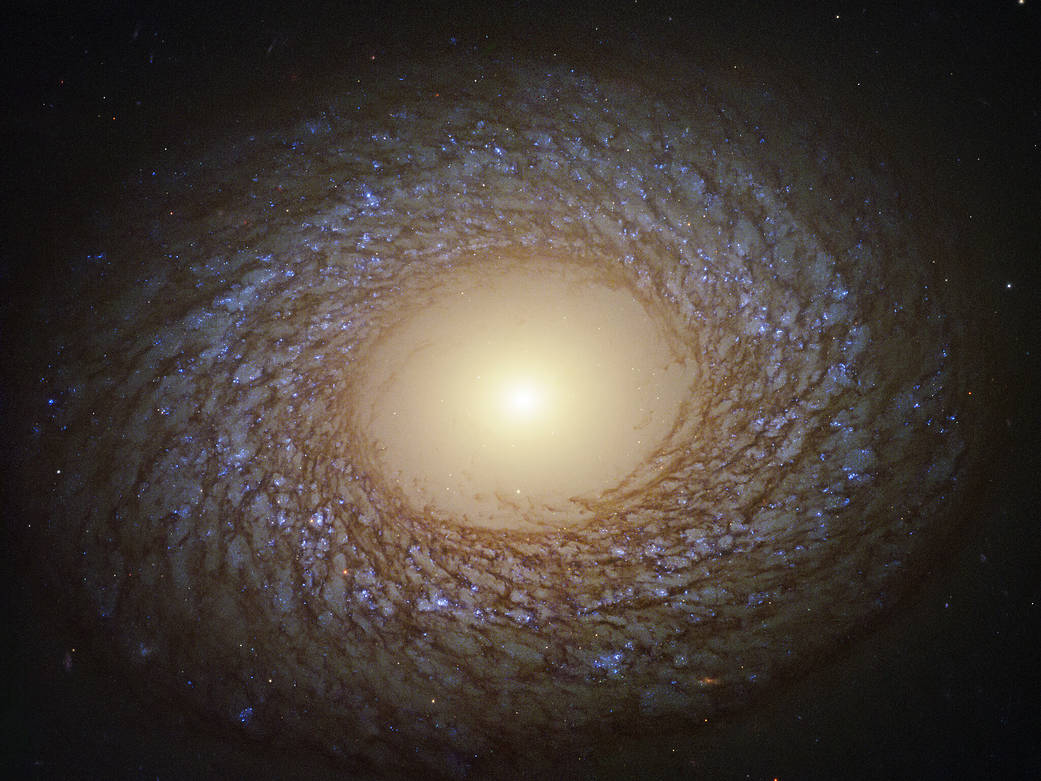
Some galaxies are too small, and some galaxies are too big, while others are just right. A new survey of the nearby Virgo cluster has potentially revealed why extreme galaxies are the wrong size, and how they might be connected.
Continue reading “Extreme galaxies depend on extreme conditions for their formation”

